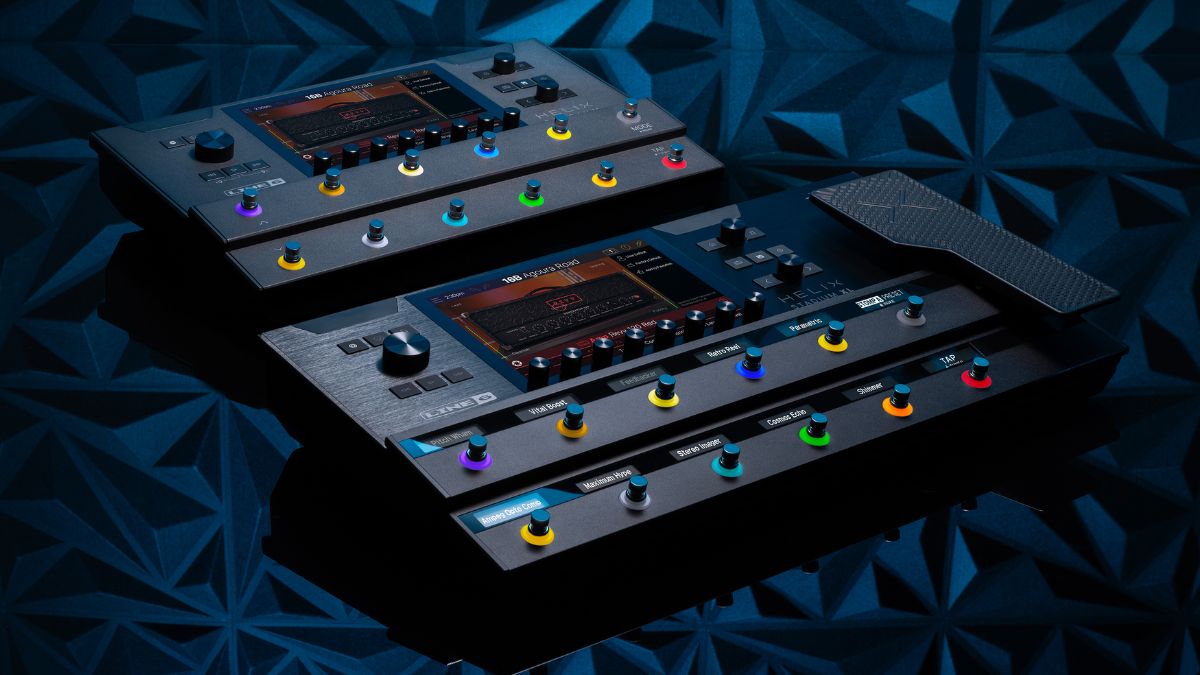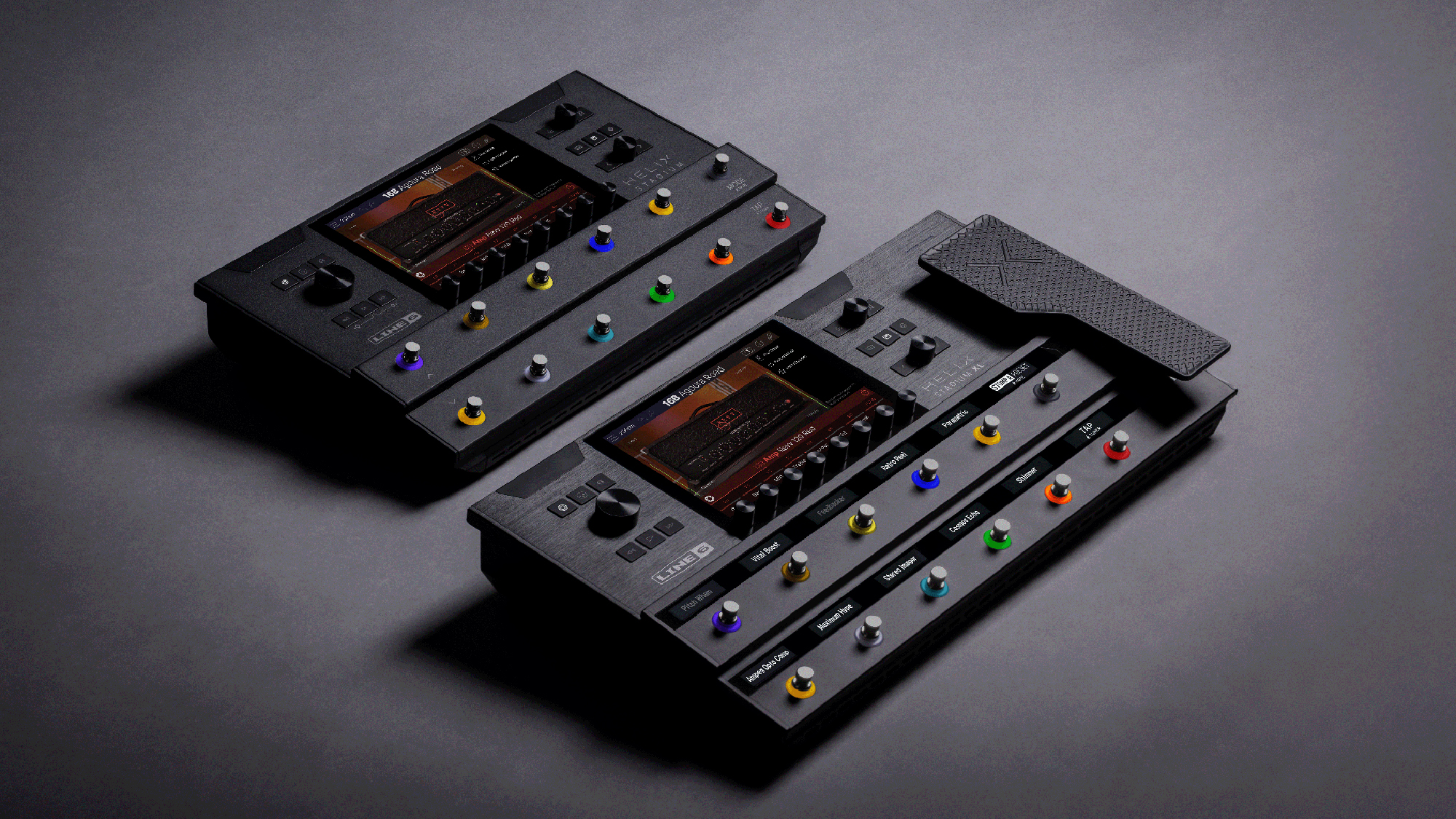“A new benchmark for authentic sound”: Line 6 has finally shared what the Helix Stadium’s potentially game-changing tones actually sound like
Weeks after the Helix Stadium was unveiled, we finally have a brief taste of what the new Agoura modeling tech is capable of

When Line 6 first announced its all-new amp modeler, the Helix Stadium, it promised a revolution in terms of usage and tone.
Weeks later, and after a string of tone-less hands-on videos, the firm has finally given players a taste of its new Agoura modeling software, which promises to be the most dynamic ever.
Named after the California street on which Line 6’s headquarters are based, the newly engineered modeling software replaces the HX methodologies that have defined its uber-successful Helix modelers over the past decade.
During a 45-second teaser clip, Line 6 offers a snippet of its Brit Plexi amp, which is based on a classic Marshall. There’s also a brief look at its Impulse Responses, with two 4x12 Greenback30 cabs hooked up to the virtual amp for the demo, while a compressor, delay pedal, and plate reverb offer the finishing touches.
It sounds pretty damn authentic, complete with bucketloads of that much-craved tube amp warmth and dynamism, despite its digital nature.
“Agoura modeling feels more realistic under your fingers,” says Line 6. “They are more dynamic, and the tone can change dramatically depending on how hard or softly you play.
“It’s a more three-dimensional experience – one you can truly appreciate by sitting down and playing them yourself.”
All the latest guitar news, interviews, lessons, reviews, deals and more, direct to your inbox!
Indeed, Line 6's hyperbole-laced promises of next-level, authentic tube amp replication might not be a new claim heard in an increasingly competitive market, but it is promising to do things differently here.
“Augora isn’t HX on steroids. It is an entirely new subcomponent behavioural modeling methodology,” Eric Klein, Line 6’s chief product design, said during its unveiling.
“There’s all-new tube emulation where we measure detailed parameters of the actual tubes used in these amps – voltages, currents, capacitance, and more.
“We’ve invented a new way of modelling power stages, both push-pull and single-ended, in conjunction with the power supply so we can accurately capture the interaction between the signal and power supply,” he adds.
Other additions include a more accurate and detailed model of “circuit feedback”, alongside “all-new sag, bias, ripple behaviour simulation”, as part of a comprehensive makeover.

The firm, which has been at the pinnacle of the amp modeling game and helped spark the rise of djent with the Pod, is taking its time to deliver more details about the Stadium. But this latest reveal shows just how dynamic its software can be.
Away from its tones, the Stadium could also be a game-changer for its ‘all-in-one’ gig rig solutions. It can control everything from stage lights and video to MIDI changes, helping streamline a band’s live rig and appeal to players far beyond its tonal capabilities alone.
The Line 6 Helix Stadium is expected this winter. Head to Line 6 for more.
A freelance writer with a penchant for music that gets weird, Phil is a regular contributor to Prog, Guitar World, and Total Guitar magazines and is especially keen on shining a light on unknown artists. Outside of the journalism realm, you can find him writing angular riffs in progressive metal band, Prognosis, in which he slings an 8-string Strandberg Boden Original, churning that low string through a variety of tunings. He's also a published author and is currently penning his debut novel which chucks fantasy, mythology and humanity into a great big melting pot.
You must confirm your public display name before commenting
Please logout and then login again, you will then be prompted to enter your display name.


